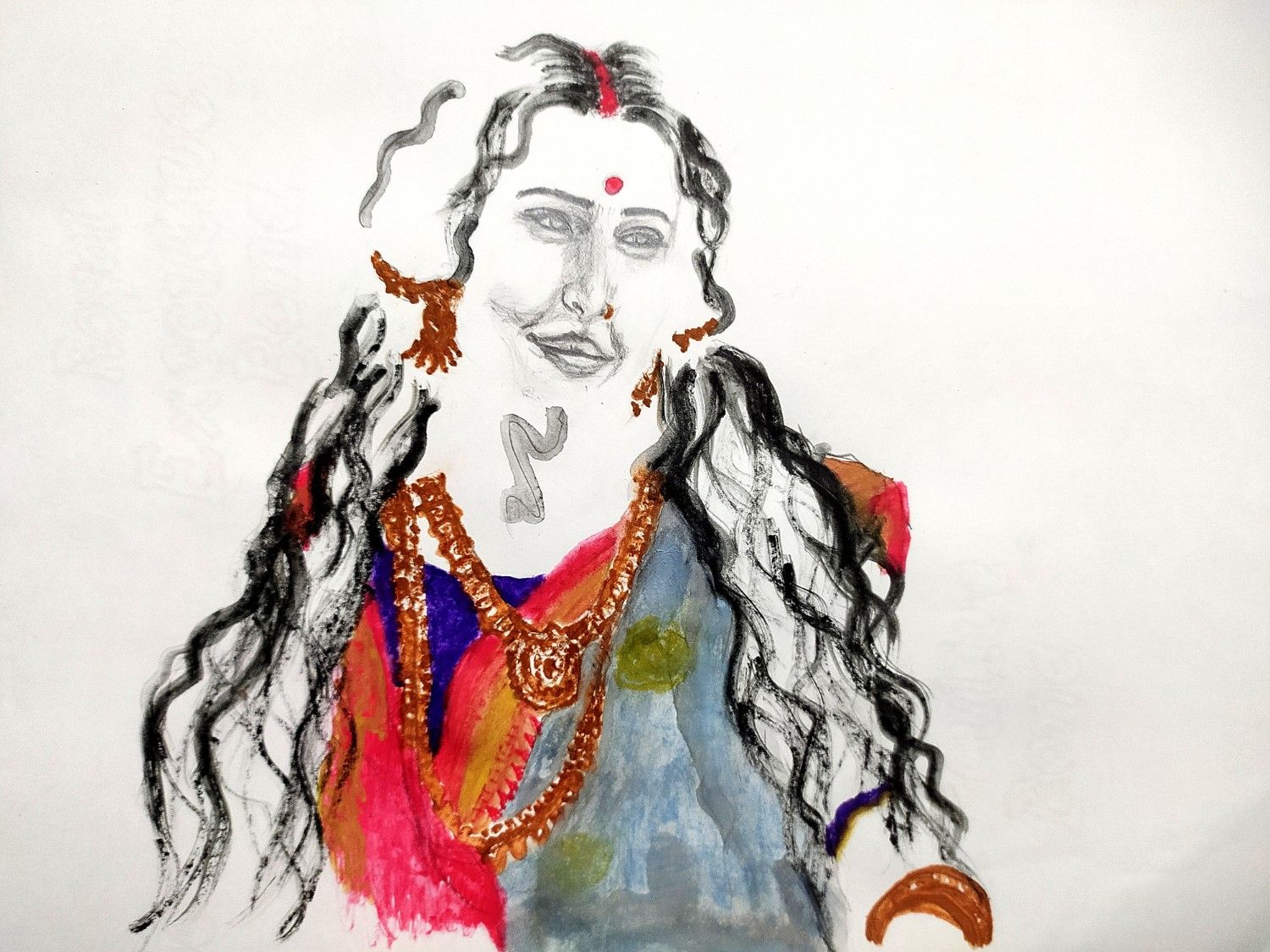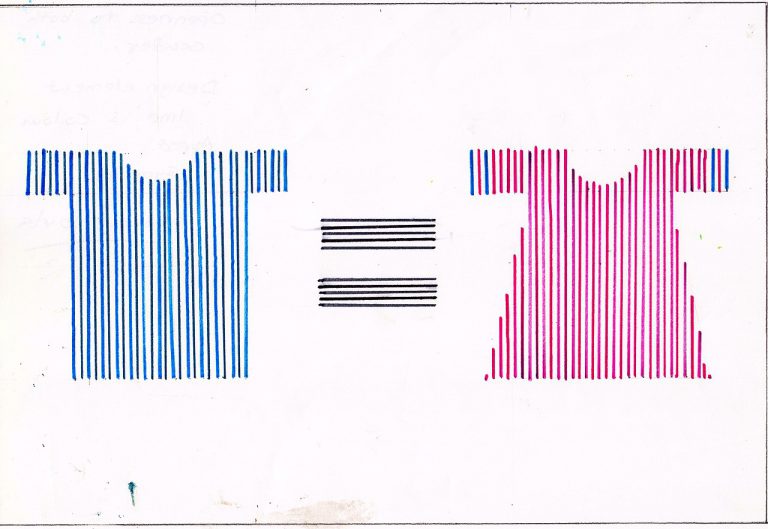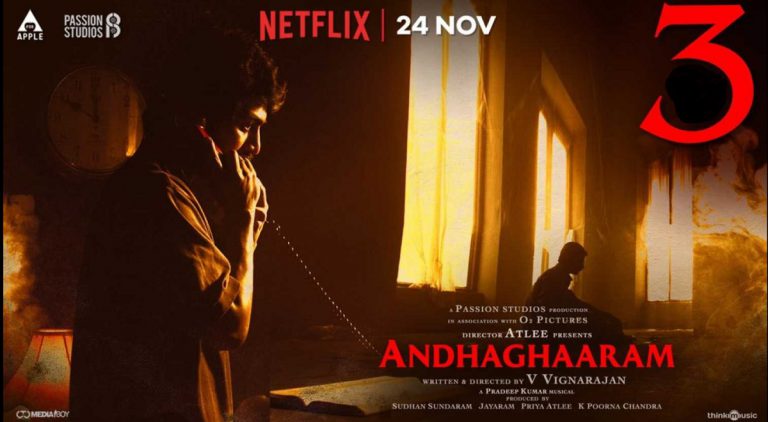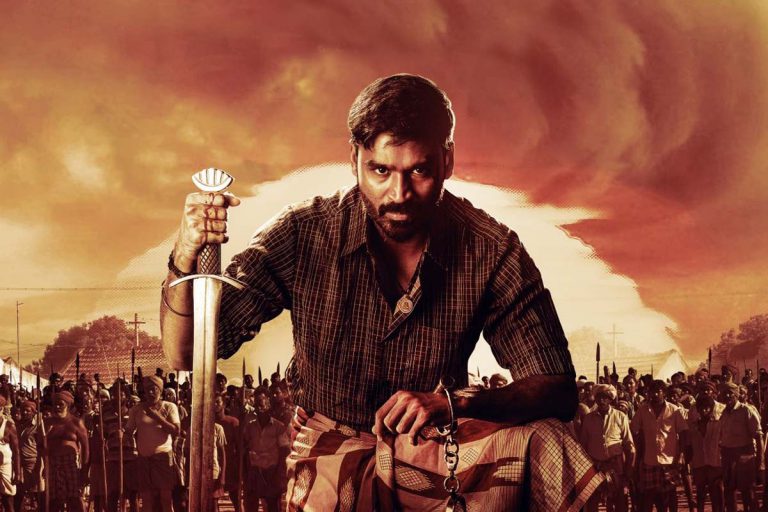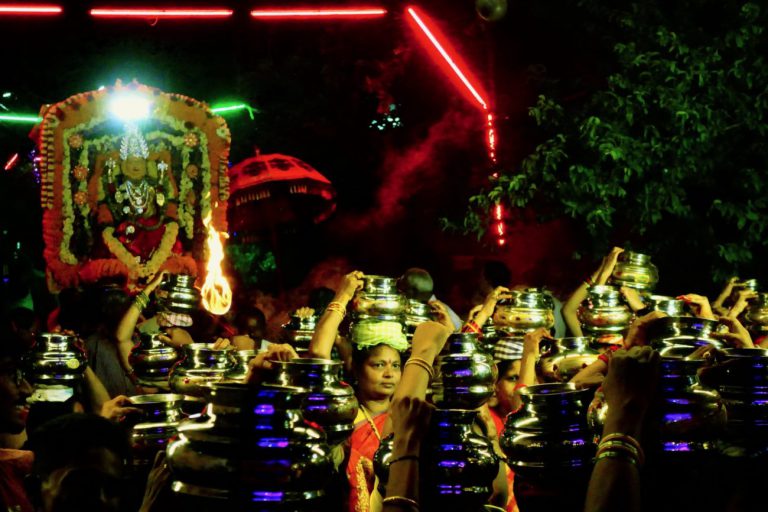Understanding Bulbbul

Srijani Roy is currently pursuing her Masters in Sociology from Jadavpur University. She is passionate about gender related issues and Child Rights. She has a wide range of experiences in wokring with Non-profit organizations at various capacities.
Since the 24th of March, India has been under the spell of lockdown. People all over the country are adjusting to the “new normal”. With no option but to remain indoors, people are looking up to the digital mediums such as Amazon Prime, Netflix and Hulu to keep themselves entertained. Several movies are now releasing on these digital mediums, instead of releasing in cinema halls. One such movie that was released on Netflix was Bulbbul.
Bulbbul is a Hindi language film written and directed by Anvita Dutt, produced by Anushka Sharma and Karnesh Sharma, starring Tripathi Damri, Avinash Tiwary, Rahul Bose, Paoli Dam, Parambrata Chattopadhyay in pivotal roles.
Set in 1800 Bengal Presidency, the film’s opening scene shows us a little girl and her feet dangling from a treetop (the feet of a woman is an important metaphor in the film). The frame then shifts to the main protagonist of the film, Bulbbul, (played by child actor Ruchi Mahajan) a child bride, who is being wedded to a much older Indranil (Rahul Bose), a zamindar. She finds a friend and confidant in her brother-in-law, Satya (played by child actor Varun Paras Buddhadev), who is also much closer to her own age. The other two main characters in the film include Indranil’s mentally challenged twin brother, Mahendra (also played by Rahul Bose) and his wife Benodini (played by Paoli Dam).
The film soon takes a 20-year leap. Bulbbul (Tripti Damri) now has grown up to be a beautiful young girl while at the same time secretly harbouring feelings for her brother-in-law, Satya. Satya (Avinash Tiwari) is later sent off to London to study law, by Indranil in an attempt to cut off the budding romance between the two. The film takes a drastic turn, when five years later, Satya returns to his village and finds that his elder brother, Indranil, has abandoned his wife, while his other brother, Mahendra, is no more. On the other hand, the men in his village are being suspiciously murdered by a chudail (witch). Who is this witch? Does Satya eventually find the witch? Why is the witch murdering men in the village? All these questions are answered in the film, while at the same time delivering a very important message to the audience. The film, Bulbbul is a feminist revisionist tale about women who have been wronged. The film is filled with metaphors.
The Feet Metaphor
The opening scene of Bulbbul shows us the feet of a young girl dangling from a treetop. The metaphor of a woman’s feet is used throughout the film. The feet of a woman in the film is symbolic of the main protagonist of the film, Bulbbul, and her desire to walk free from the normative structure of the society ( she is married to Indranil but longs for his brother, Satya).
Young Bulbbul screams when her aunt presses a ring against her toe. She is told that the purpose of this act is to keep women in control. When her husband, Indranil attacks her based on the belief that she is romantically engaged with his brother, Satya, he attacks her feet. Even when Bulbbul is raped, by her mentally challenged brother-in-law, Mahendra, we constantly see her feet till her bandages turn red. The feet of Bulbbul is symbolic here because it delivers the message to the audience that a woman’s feet should stay within the boundaries that the men have drawn around the existence of a woman.
The movie shows that male violence does not exist in a vacuum. It does not operate alone. It is insidious and gradually weaves a shroud of silence, following which it manifests itself in its lower form, in the form of physical violence.
Benodini, Bulbbul’s sister-in-law against whom she is often pitted, has accepted the shackles of patriarchy. She has accepted her fate – she is the wife of a mentally challenged man, she can never have a normal married life. But she accepts everything because she gets to become the wife of a zamindar. For fulfilment of physical desires, she looks up to Indranil, who is her brother-in-law. We realize during the course of the movie that she herself is a victim of patriarchy and the system at large.
When Bulbbul is raped by Mahendra, she consoles Bulbbul by saying “Badi havelion mei bade raaz hote hai” (Big houses have big secrets). This one scene is very impactful — we realise that all women are prisoners under the system of patriarchy. Bulbbul, however, refuses to keep quiet.
The relevance of the title
Bulbbul is the name of a bird. And true to her name, our protagonist Bulbbul, is also a free spirit. According to an American writer, activist and educator. Paul Kivel, men are expected to conform to a rigid set of behavioural expectations, which he calls the “Man Box”. Similar to the “man box”, the box for ladies is alarmingly limited. Women are expected to be quiet, submissive. Any woman failing to conform to the prescribed feminine qualities becomes a threat to society and is branded as a “witch”.
Bulbbul refused to be a caged bird. When her husband abandons her, she takes up the reigns of the household. When Satya returns, Binodini subtly reminds “Thakurian hai aap, Thakur maat baniye.” (You are the lady of the house, don’t try to be the man of the house).
We will also see Doctor Sudip (Parambrata Chottopadhaya) — who is first introduced to the audience — is shown giving Bulbbul a foot massage. The inner meaning of this act is for the audience to grasp — he treats her injured feet, he gives Bulbbul the respect she deserves. He is the only one in the film to do so; he is different.
The film upends traditional ideas of who is wrong and who is right.
Witch/Chudail
Bulbbul is also a story of a witch, a chudail. For centuries women have been branded as “witches” if they failed to conform to society’s rules. The myth of chudail has existed in Indian folklore as well; Bulbbul, however, treats it differently. It shows the backstory behind a woman’s transformation from a simple girl to a “witch”.
Quite recently, during the 2016 Presidential elections in America, Hilary Clinton was called, “The Wicked Witch of the Left.” Branding of women as “witches” is still predominant in our society- that is because these women resisted from their backbones to be crushed by patriarchy. The film reiterates the notion no matter what century it is, women will always be called names or branded as a “witch” if they dared to move beyond her boundaries.
The film shot by Siddharth Diwan is visually pleasing to the eye. The colour red has been extensively used in the film- key scenes in the film, including the climax of the film, have been bathed in red hues.
Unlike stereotypical Bollywood films, Bulbbul has not been laced with dance numbers or frequent musical interruptions. The music given by Amit Trivedi has a melancholic strain and goes well with the vivid scenes of the film. All the actors have delivered nuanced performances. First time director, Anvita Dutta is a director to look out for.
The ‘Rabindranath’ Connection
The similarities with Rabindranath Tagore’s novels must not be missed. Binodini and Mahendra are the names of the characters from Tagore’s novel, Chokher Bali. Binodini in Tagore’s novel, Chokher Bali, and Binodini in Bulbbul both become widows. We also find similarities in terms of characterisation with Tagore’s other novel, Noshtoneer, wherein the central characters, Charu and Amol are also brothers-in-law and sister-in-law. Apart from Tagore, the film also shares similarities with Sarat Chandra Chattopadhyay’s novel, Devdas. Just like in Devdas, Paro used to wait for Devdas while he was in London studying law, Bulbbul also waited for Satya. Satya also shares similarities with Jonathan Harker, one of the main protagonists of Bram Stoker’s novel, Dracula. Satya, like Harker, had studied law and both their education has made them see everything through the lens of logic.
Bulbbul, however, is not without its flaws. Though the narrative starts with a lot of promise, it soon flattens. The climax too after a while becomes predictable. Despite its flaws, Bulbbul stays in your heart. It haunts you for its apt portrayal of grim reality.
Bulbbul is a must-watch. It is beyond any regular film, it teaches that every woman in each and every society has been a victim of patriarchy in one way or the other. The film delivers a strong message but with great sensitivity. The film has earned a place in the list of other feminist movie milestones in Bollywood such as Pink, Kahaani, Mardani, etc. Though it has been a while since the movie has been released on Netflix, it’s never too late to watch the film, if you haven’t already!
References
Featured Image Credits: Clean Slate Filmz/Netflix via Scroll.in


